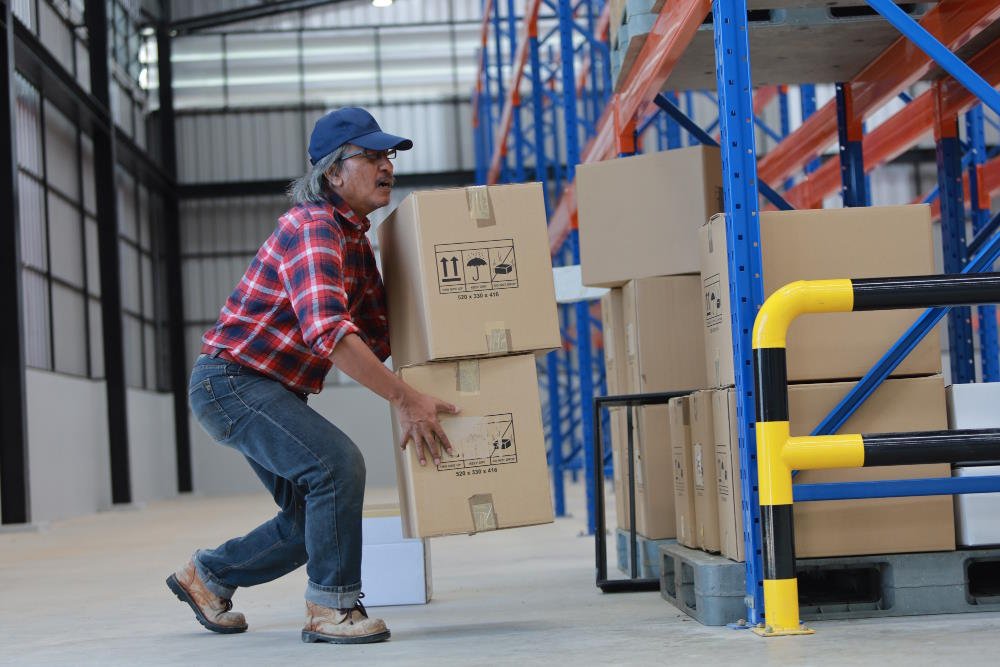Moving massive objects doesn’t always require massive equipment. Industries worldwide are discovering that the most effective heavy load management solutions often come in surprisingly small packages. From construction sites to manufacturing floors, professionals are rethinking how they approach lifting, moving, and positioning heavy materials.
The challenge of heavy load management extends far beyond simply having enough strength to move an object. Safety considerations, space constraints, precision requirements, and cost-effectiveness all play crucial roles in determining the best approach. Traditional methods like cranes and forklifts, while powerful, aren’t always practical or economical for every situation.
Modern compact lifting solutions are revolutionizing how we handle heavy loads by combining portability with impressive lifting capacity. These innovative tools prove that bigger isn’t always better when it comes to industrial lifting equipment.
The Evolution of Heavy Load Management
Heavy lifting has come a long way from purely manual labor and basic mechanical advantage tools. The industrial revolution introduced steam-powered cranes and hydraulic systems, but these solutions often came with significant drawbacks: high costs, extensive setup requirements, and limited mobility.
The shift toward compact solutions began when industries recognized the need for more flexible lifting options. Maintenance crews working in tight spaces, emergency responders dealing with collapsed structures, and manufacturers handling delicate positioning tasks all needed something different from traditional heavy machinery.
This demand sparked innovation in materials science, hydraulic engineering, and pneumatic technology. Engineers began developing systems that could deliver substantial lifting power while remaining lightweight, portable, and easy to deploy.
Key Advantages of Compact Lifting Systems
Portability and Accessibility
Compact lifting solutions excel where large equipment cannot operate. They fit through standard doorways, navigate narrow corridors, and access confined spaces that would be impossible for traditional cranes or heavy machinery. This accessibility makes them invaluable for maintenance work, emergency situations, and installations in existing structures.
Cost Effectiveness
The financial benefits extend beyond the initial purchase price. Compact systems require minimal setup time, reduce labor costs, and eliminate the need for expensive crane rentals in many situations. Their lower maintenance requirements and reduced storage needs further contribute to long-term savings.
Precision Control
Many compact lifting solutions offer superior control over load positioning. Operators can make minute adjustments with precision that’s often difficult to achieve with larger equipment. This level of control is particularly valuable when working with expensive or delicate materials.
Safety Benefits
Compact systems often provide safer working conditions by reducing the number of personnel needed for lifting operations and minimizing the risk of equipment-related accidents. Their lower profiles and stable designs contribute to overall job site safety.
Popular Compact Lifting Technologies
Hydraulic Jacks and Systems
Hydraulic technology remains the backbone of many compact lifting solutions. Modern hydraulic jacks can lift tremendous weights while maintaining relatively small footprints. Bottle jacks, toe jacks, and specialized hydraulic lifting systems offer various configurations for different applications.
Pneumatic Solutions
Air-powered lifting systems provide unique advantages, particularly in environments where hydraulic fluid contamination is a concern. Inflatable bags for lifting have gained popularity in rescue operations and specialized industrial applications due to their extremely low profile and ability to conform to irregular surfaces.
Mechanical Advantage Systems
Lever-based systems and gear-driven mechanisms continue to play important roles in heavy load management. These systems require no external power source and can provide reliable lifting capability in remote locations or emergency situations.
Electromagnetic and Vacuum Systems
For specific materials and applications, electromagnetic lifts and vacuum systems offer hands-free load handling with impressive capacity-to-size ratios. These technologies are particularly valuable in manufacturing environments where speed and precision are paramount.
Applications Across Industries
Construction and Infrastructure
Compact lifting solutions support everything from HVAC installations in tight spaces to bridge maintenance operations. Their ability to operate in confined areas makes them essential tools for urban construction projects and infrastructure upgrades.
Manufacturing and Assembly
Production facilities use compact lifting systems for equipment maintenance, product positioning, and assembly operations. The precision control these systems offer is crucial for maintaining quality standards in manufacturing processes.
Emergency Response and Rescue
First responders rely on portable lifting equipment for vehicle extractions, structural collapse responses, and other emergency situations where time and accessibility are critical factors.
Transportation and Logistics
Vehicle maintenance, cargo handling, and equipment positioning in warehouses all benefit from compact lifting solutions that can operate in space-constrained environments.
Choosing the Right Solution
Selecting the appropriate compact lifting system requires careful consideration of several factors. Weight capacity must align with actual lifting requirements, including appropriate safety margins. Environmental conditions, such as temperature, humidity, and potential contaminants, influence material and technology choices.
Power source availability affects the choice between hydraulic, pneumatic, electric, and manual systems. Consider maintenance requirements, operator training needs, and long-term support availability when evaluating different options.
Maximizing Efficiency in Heavy Load Management
The future of heavy lifting lies not in building bigger machines, but in developing smarter, more efficient solutions. Compact lifting systems represent this evolution, proving that innovative engineering can deliver impressive results in small packages.
Success with compact lifting solutions comes from understanding their capabilities and limitations, proper training, and selecting the right tool for each specific application. As these technologies continue to advance, they’re becoming increasingly viable alternatives to traditional heavy lifting methods, offering superior flexibility, cost-effectiveness, and safety in many situations.



